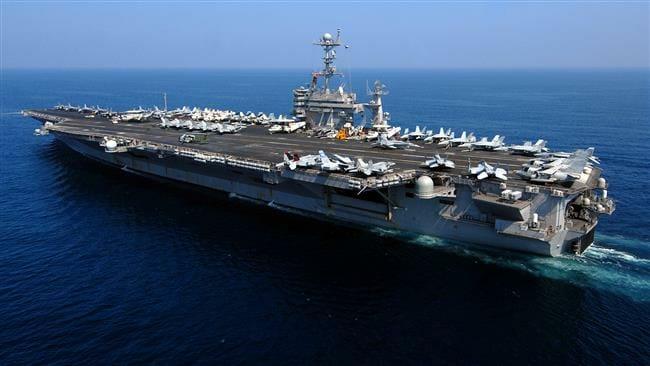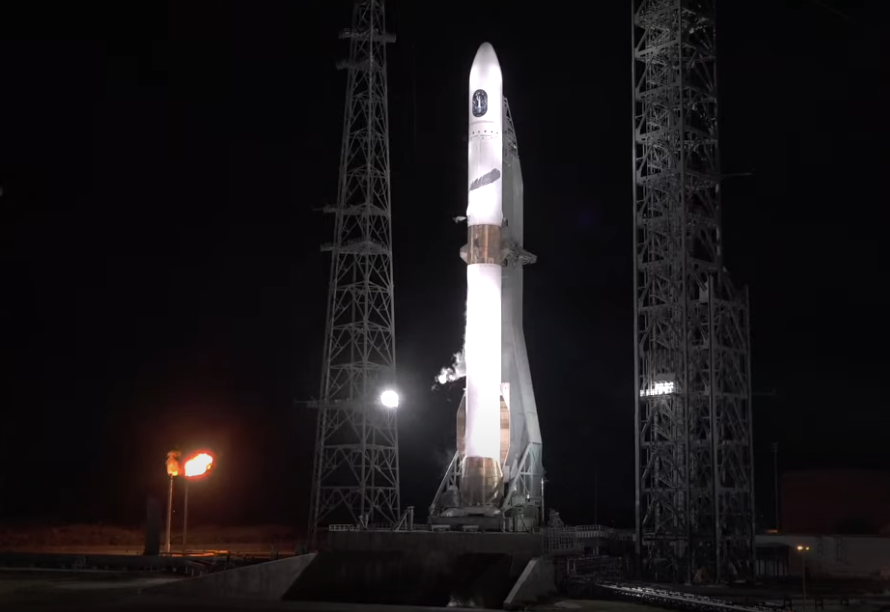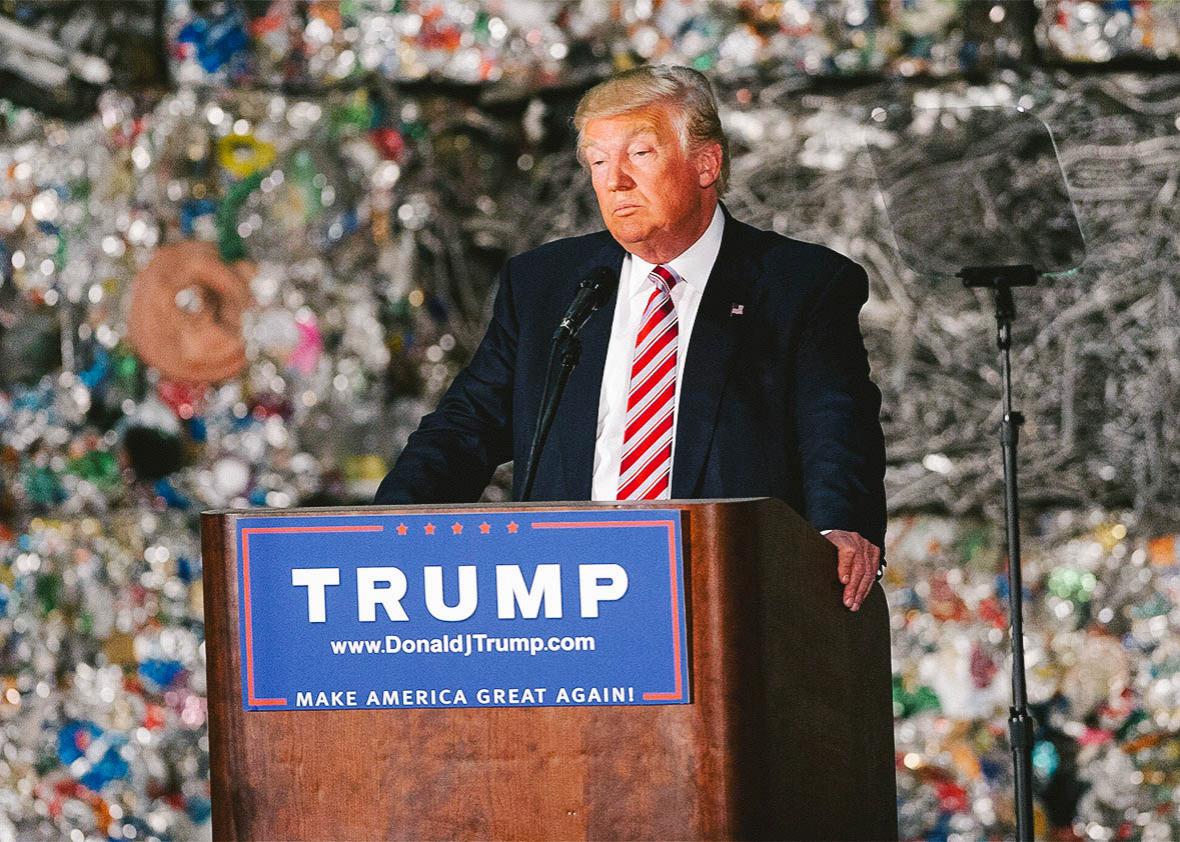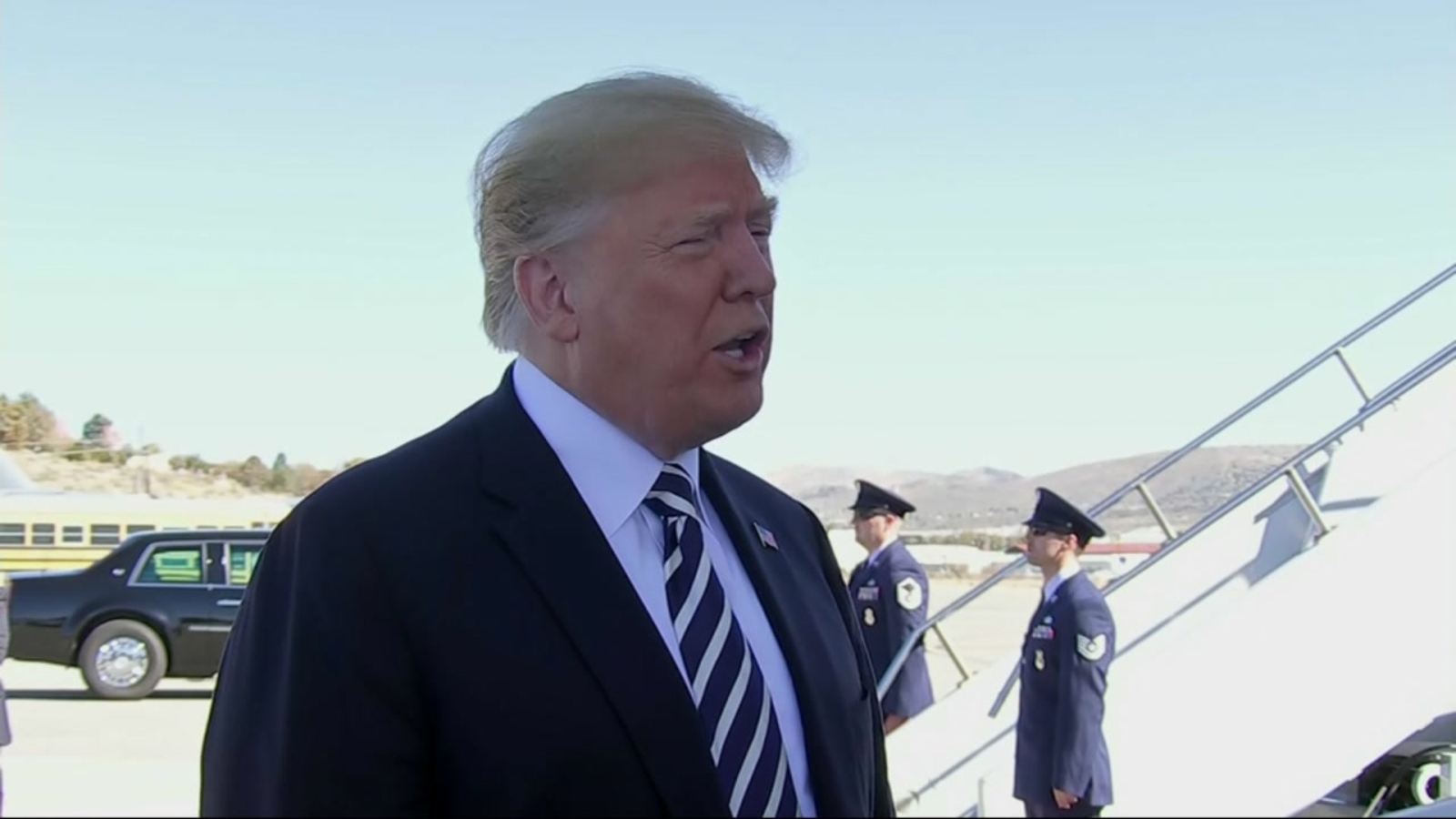The Fractured Relationship: Understanding The Risks Of A New Cold War Between The U.S. And China

Table of Contents
Economic Decoupling: A Looming Trade War and its Global Impact
The growing economic rivalry between the U.S. and China is a significant driver of the potential for a new Cold War. Years of increasing trade tensions, marked by the imposition of tariffs and various trade restrictions, have created a climate of uncertainty and mistrust. This economic decoupling poses substantial risks to the global economy.
-
Impact on global supply chains: The interconnected nature of global supply chains means that a significant disruption in trade between the U.S. and China would have ripple effects across the world, leading to shortages of goods and increased production costs. Businesses are already exploring diversification strategies to reduce reliance on either country, but this process is costly and time-consuming.
-
Increased inflation and economic uncertainty: Trade wars lead to higher prices for consumers as tariffs increase the cost of imported goods. This contributes to inflation and economic uncertainty, potentially triggering recessions in various countries.
-
Potential for fragmentation of the global economy: The decoupling of the U.S. and Chinese economies could lead to the formation of competing economic blocs, fragmenting the global market and hindering international cooperation. This could also lead to a decrease in global trade volume.
-
Rise of protectionist policies and trade blocs: The current trend towards protectionism, fueled by the U.S.-China trade dispute, could inspire other nations to adopt similar policies, further isolating countries and potentially leading to regional trade wars.
Beyond tariffs, a looming technology war further exacerbates the economic risks. Competition in semiconductor technology and 5G is particularly intense, with both countries vying for technological dominance. This "technological cold war" has implications for technological advancement and innovation, potentially slowing down progress across various sectors.
Geopolitical Rivalry and Military Buildup: The Shadow of Conflict
The economic tensions are further complicated by escalating geopolitical rivalry and a significant military buildup in the Asia-Pacific region. The increasing military presence in the South China Sea and the Taiwan Strait is a major source of concern.
-
Increased naval exercises and military deployments: Both the U.S. and China have dramatically increased their naval exercises and military deployments in the region, leading to heightened tensions and increasing the risk of accidental conflict.
-
Cyber warfare and espionage activities: Cyberattacks and espionage activities between the two nations are becoming increasingly frequent and sophisticated, further fueling mistrust and the potential for escalation.
-
Risk of miscalculation and accidental escalation: The heightened military activity and the complex geopolitical dynamics in the region increase the risk of miscalculation and accidental escalation, potentially leading to a larger conflict.
-
The role of regional allies and potential alliances: The involvement of regional allies, such as Japan, South Korea, and Australia, adds another layer of complexity to the situation, increasing the potential for broader conflict.
This military buildup fuels an arms race, creating a destabilizing environment. The potential for proxy conflicts and regional instability is a significant concern, particularly in areas where both countries have strategic interests.
The Taiwan Factor: A Potential Flashpoint
The status of Taiwan represents a particularly volatile issue in the U.S.-China relationship. China considers Taiwan a breakaway province and has repeatedly asserted its intention to unify the island with the mainland, by force if necessary.
-
China's assertive stance on Taiwan's independence: China's increasingly assertive stance on Taiwan's independence, including military drills and diplomatic pressure, has heightened tensions.
-
US commitment to Taiwan's defense: The U.S. commitment to Taiwan's defense, though ambiguous, remains a key factor in the equation. Any perceived shift in this commitment could have significant consequences.
-
Potential for military intervention and a large-scale conflict: A potential Chinese invasion of Taiwan could trigger a major military conflict, potentially drawing in other regional and global powers.
-
International community's response to potential conflict: The international community's response to such a conflict would be critical, and the potential for broader international involvement adds to the uncertainty.
Ideological Clash and Information Warfare: The Battle for Global Influence
Beyond economic and military competition, the U.S. and China are engaged in a broader ideological struggle for global influence. The contrasting political systems and values of the two countries fuel this competition.
-
Propaganda and disinformation campaigns: Both countries engage in sophisticated propaganda and disinformation campaigns, attempting to shape global public opinion and undermine each other's credibility.
-
Cyberattacks and influence operations: Cyberattacks and influence operations are used to interfere in each other's internal affairs and undermine political stability.
-
Competition for global partnerships and alliances: Both nations actively compete for global partnerships and alliances, attempting to expand their spheres of influence.
-
Impact on human rights and democratic values: The ideological clash has significant implications for human rights and democratic values, with each side criticizing the other's record.
Media and social media play a significant role in shaping public perception of this ideological battle, often amplifying existing biases and fueling further division.
Conclusion
The fractured relationship between the U.S. and China presents a multifaceted threat to global peace and prosperity. The risks of economic decoupling, geopolitical rivalry, escalating military tensions, and ideological clashes are significant and interconnected. A new Cold War would have devastating consequences, impacting global trade, security, and international cooperation. Understanding these risks is the first step towards mitigating them. We must actively seek diplomatic solutions and engage in constructive dialogue to avoid a dangerous escalation and prevent the devastating consequences of a new Cold War between the U.S. and China. Continued engagement and informed discussion are crucial to navigating this complex challenge. Preventing a new Cold War requires proactive diplomacy and a commitment to de-escalation from both sides.

Featured Posts
-
 Hegseths Signal Communications Family Involvement In Military Information Sharing
Apr 22, 2025
Hegseths Signal Communications Family Involvement In Military Information Sharing
Apr 22, 2025 -
 Blue Origin Rocket Launch Cancelled Vehicle Subsystem Issue
Apr 22, 2025
Blue Origin Rocket Launch Cancelled Vehicle Subsystem Issue
Apr 22, 2025 -
 The English Language Leaders Debate 5 Economic Issues That Matter
Apr 22, 2025
The English Language Leaders Debate 5 Economic Issues That Matter
Apr 22, 2025 -
 The Price Of Trumps Economic Nationalism
Apr 22, 2025
The Price Of Trumps Economic Nationalism
Apr 22, 2025 -
 Robotics In Footwear The Hurdles To Automated Nike Production
Apr 22, 2025
Robotics In Footwear The Hurdles To Automated Nike Production
Apr 22, 2025
Latest Posts
-
 The Experiences Of Transgender People Under Trumps Executive Orders
May 10, 2025
The Experiences Of Transgender People Under Trumps Executive Orders
May 10, 2025 -
 Trumps Legacy The Transgender Communitys Perspective
May 10, 2025
Trumps Legacy The Transgender Communitys Perspective
May 10, 2025 -
 Bangkok Post Highlights Growing Movement For Transgender Equality
May 10, 2025
Bangkok Post Highlights Growing Movement For Transgender Equality
May 10, 2025 -
 The Impact Of Trumps Transgender Military Ban A Critical Analysis
May 10, 2025
The Impact Of Trumps Transgender Military Ban A Critical Analysis
May 10, 2025 -
 The Trump Presidency And Its Impact On The Transgender Community
May 10, 2025
The Trump Presidency And Its Impact On The Transgender Community
May 10, 2025
